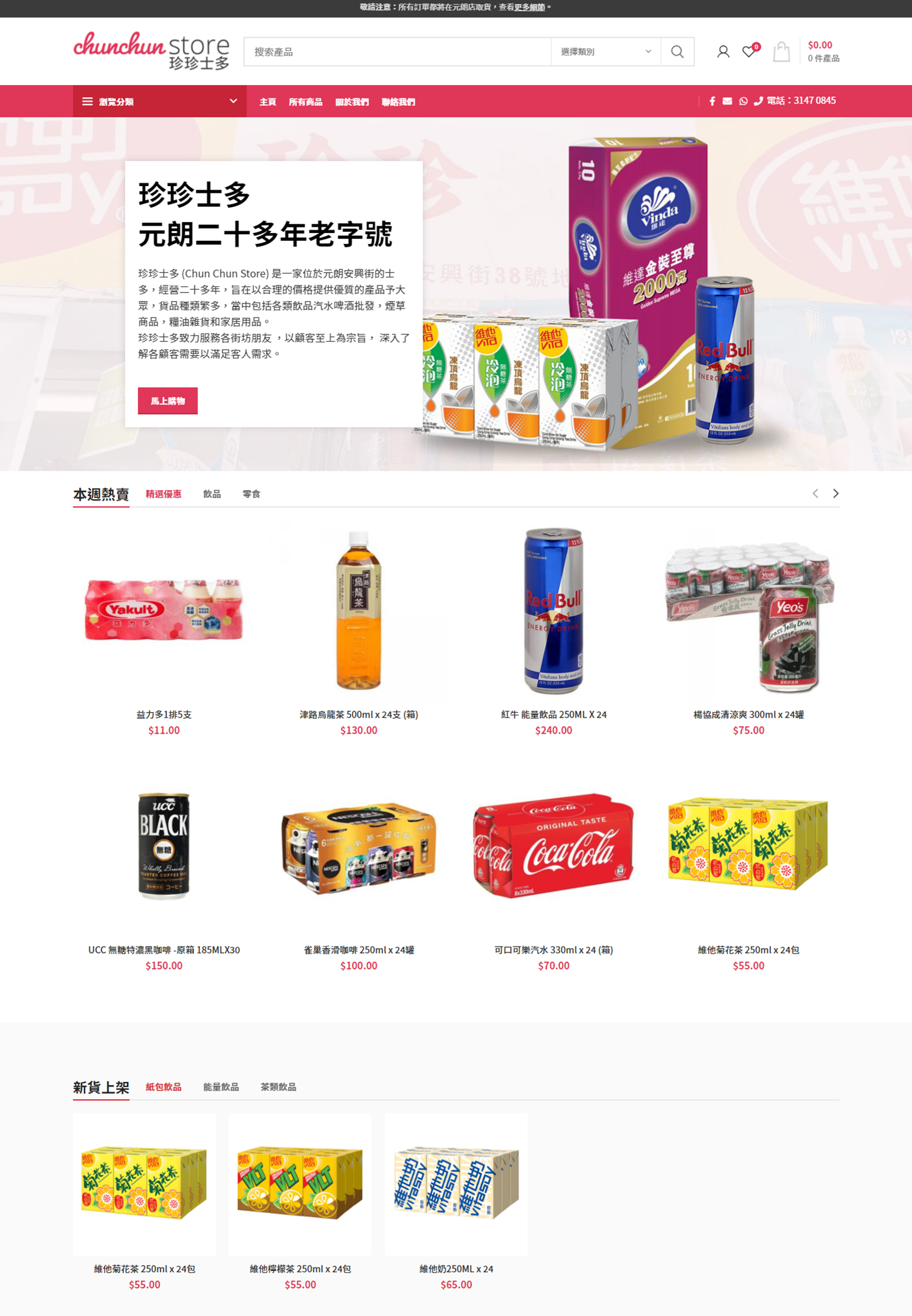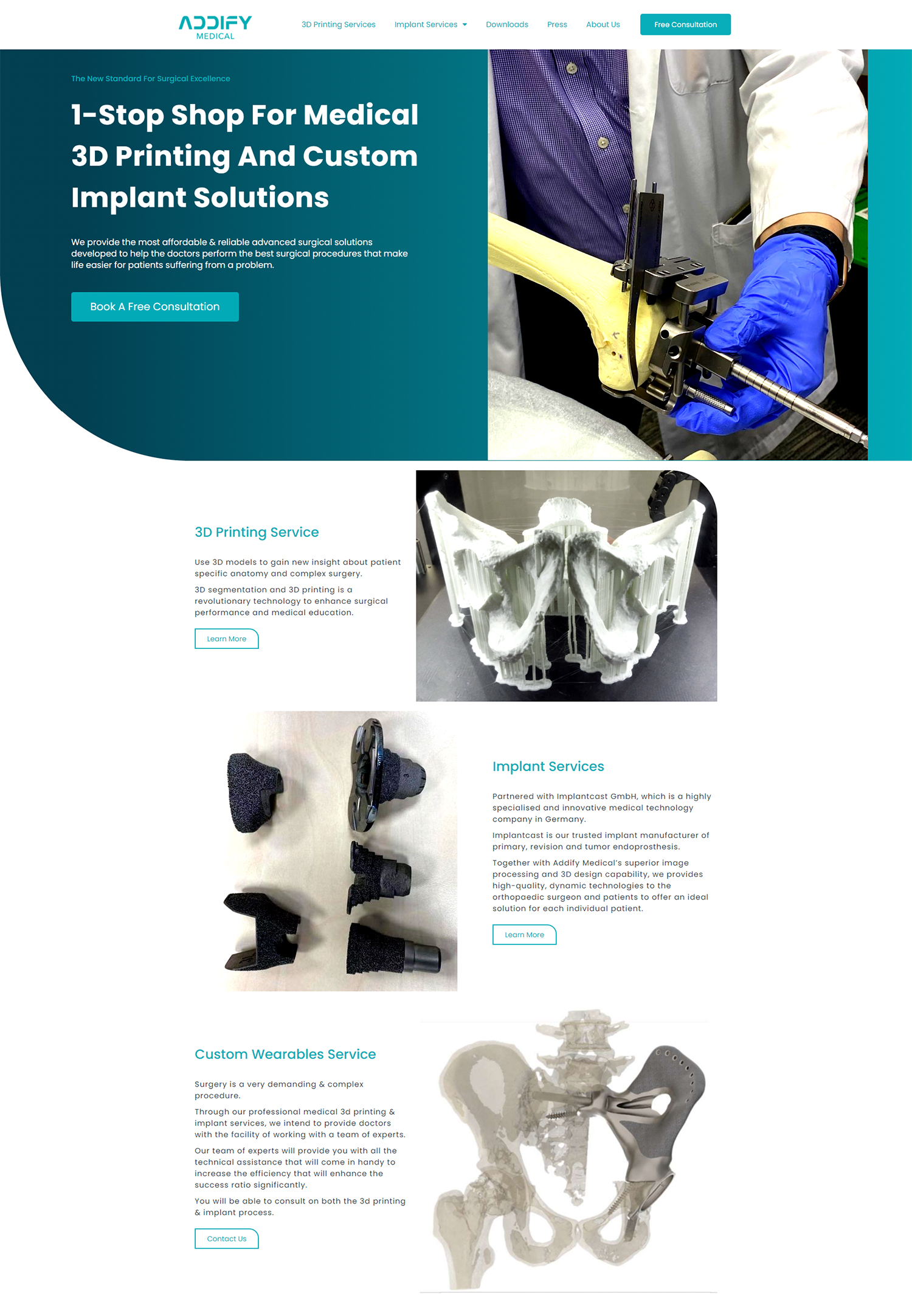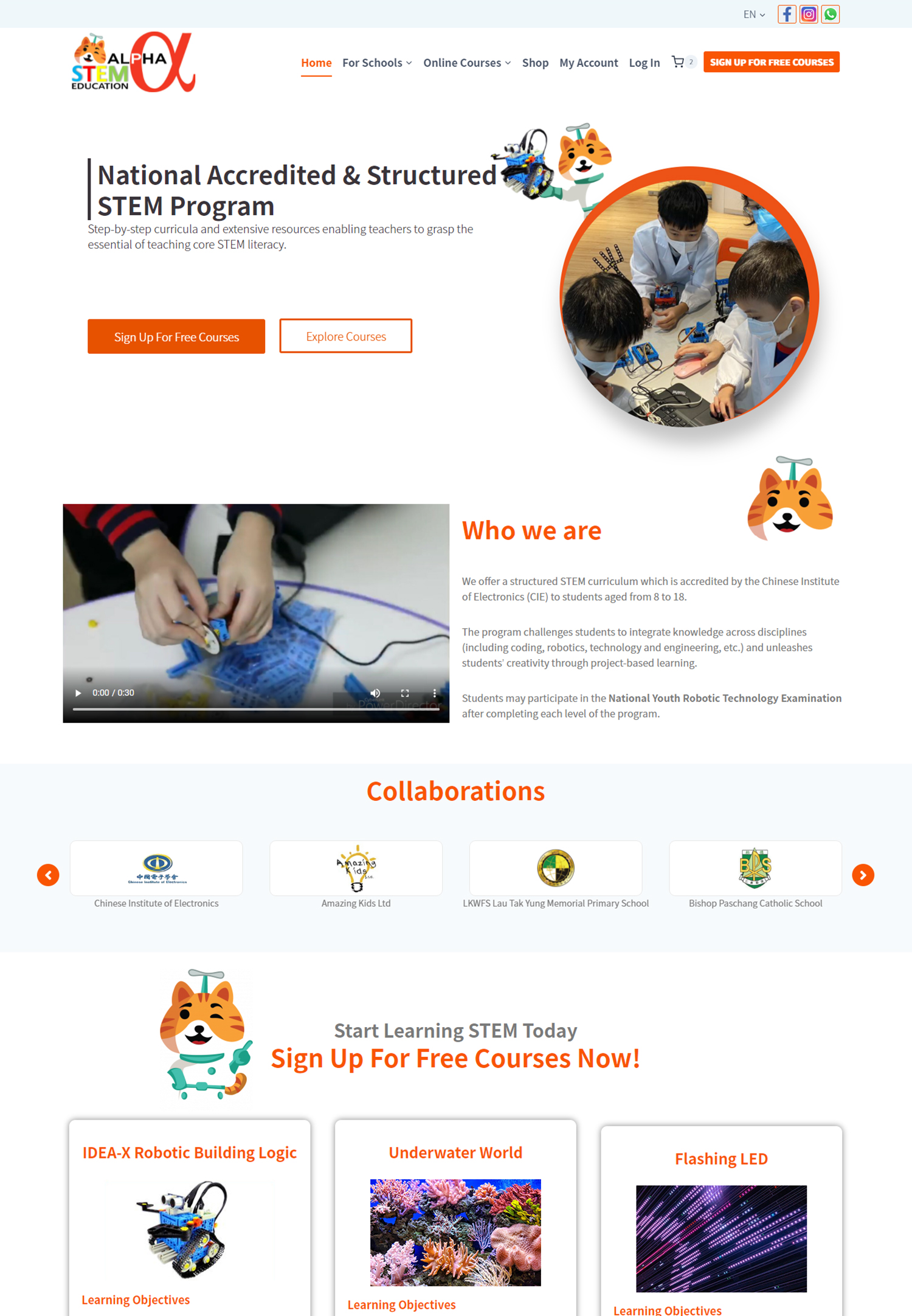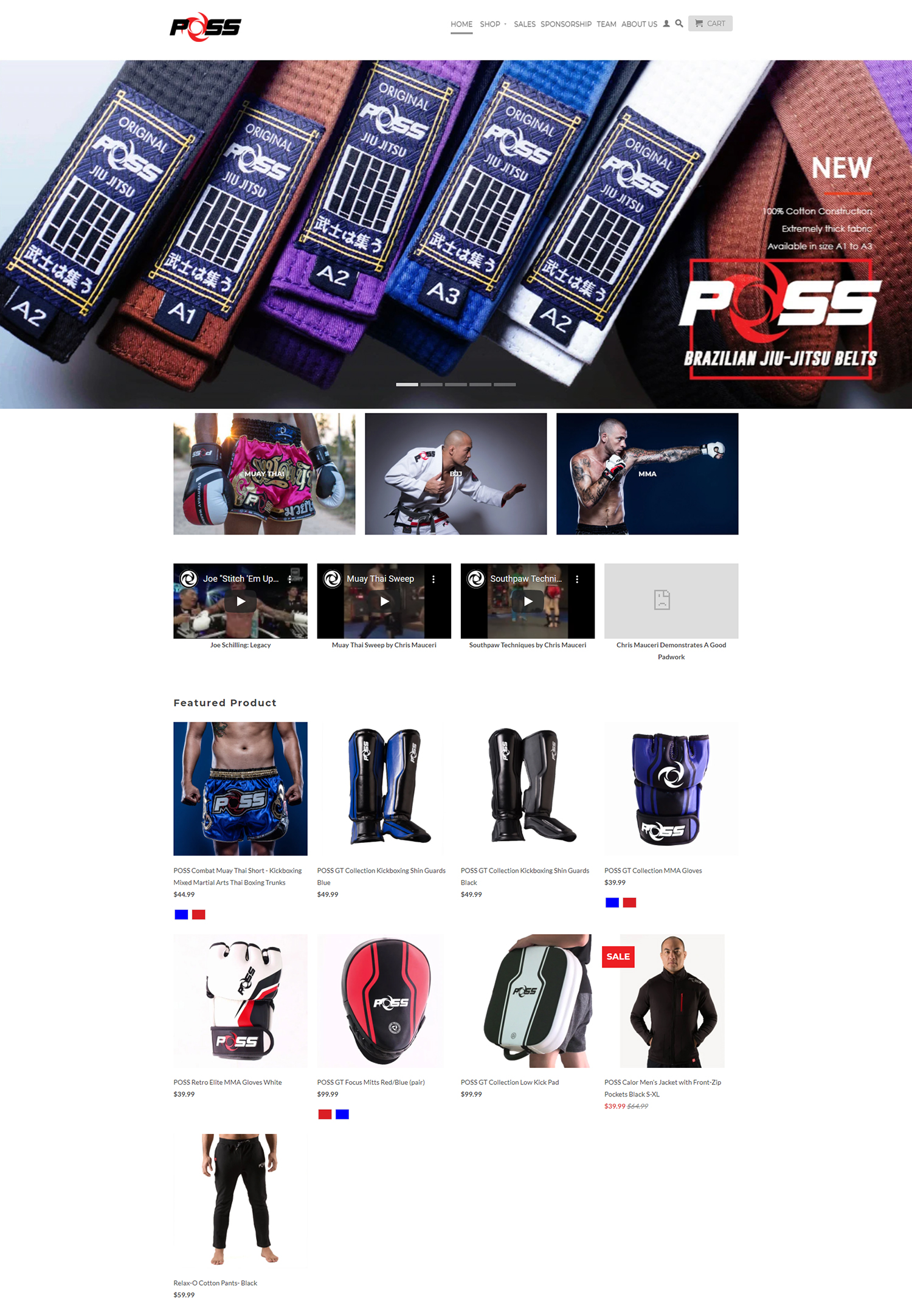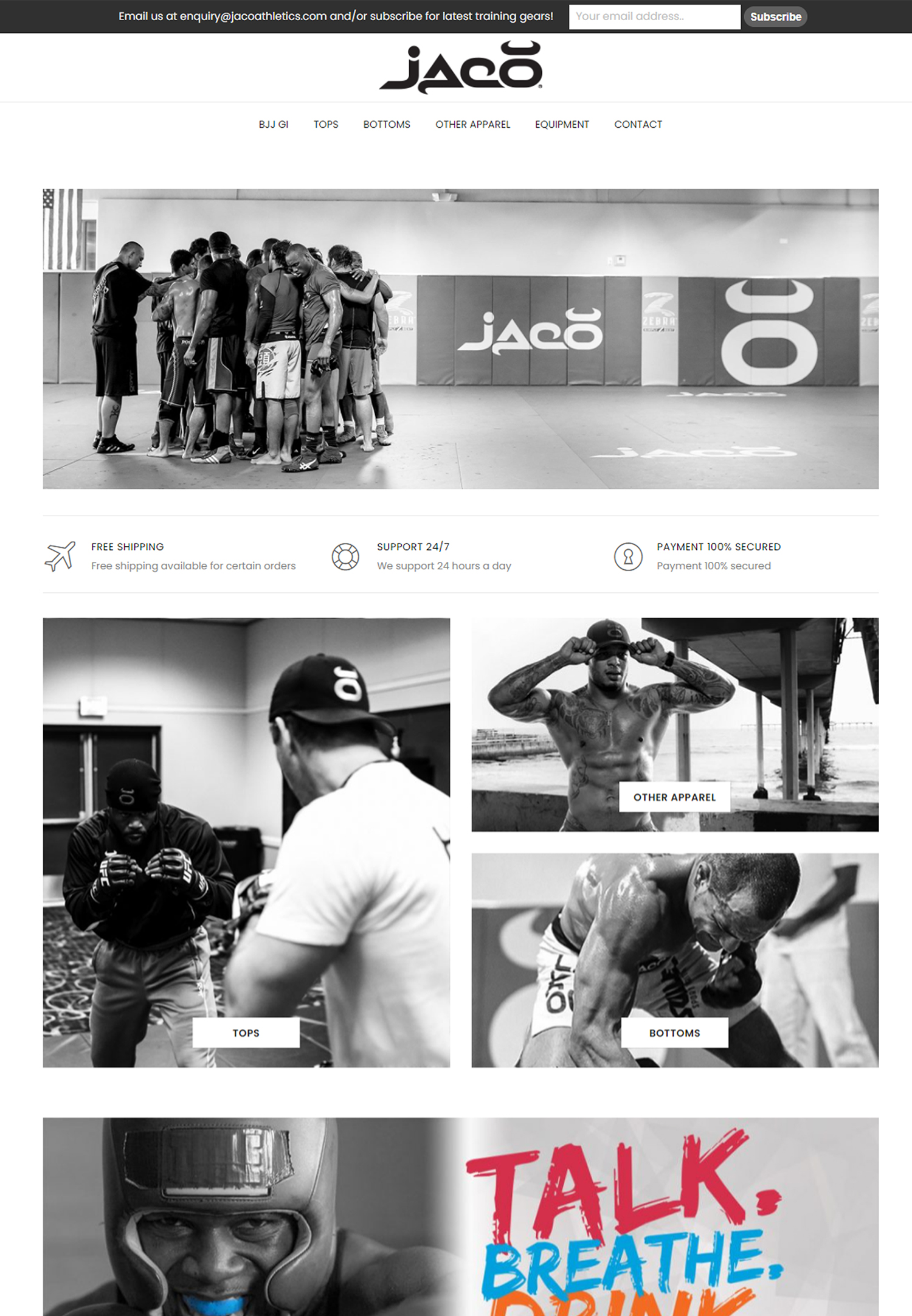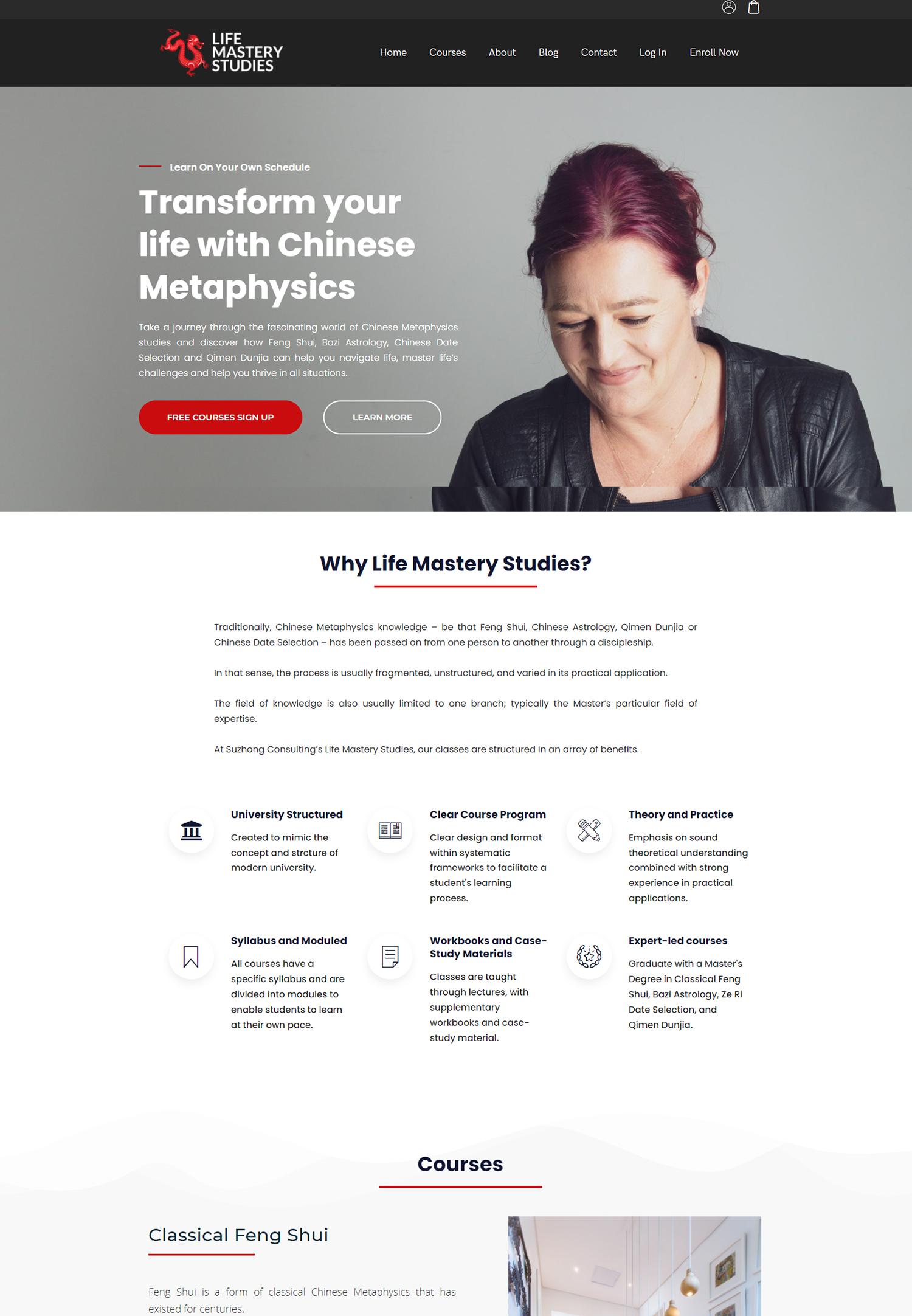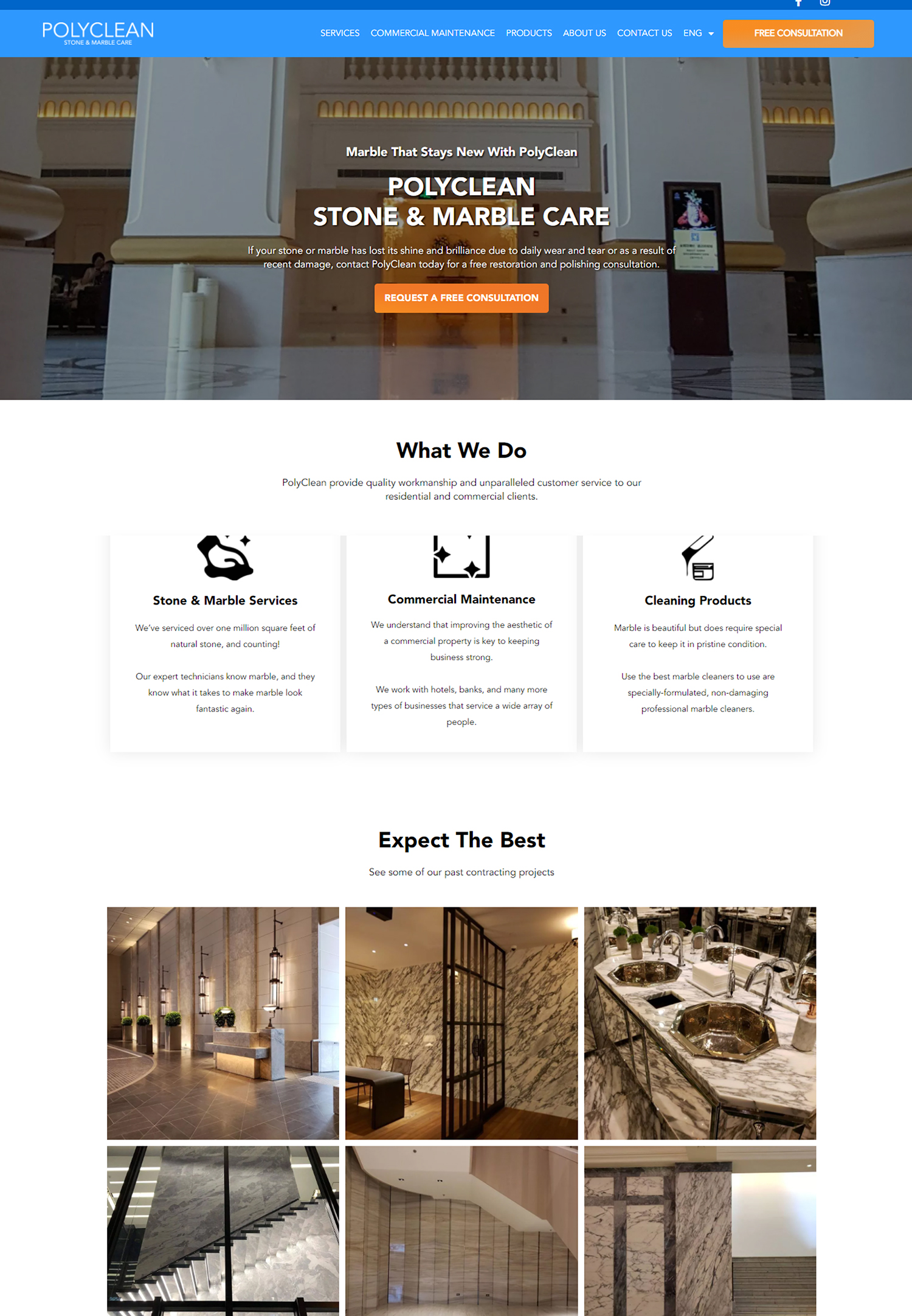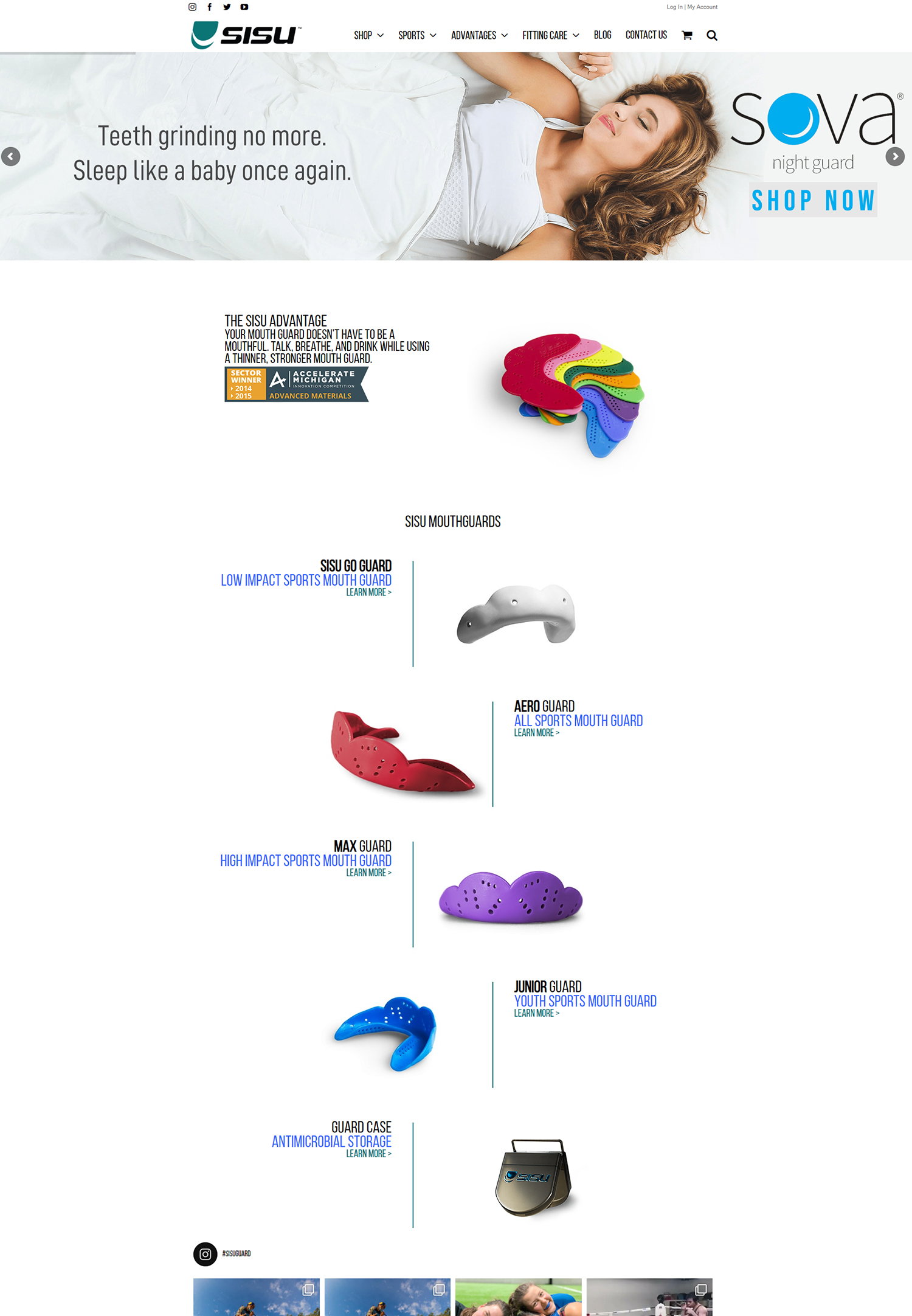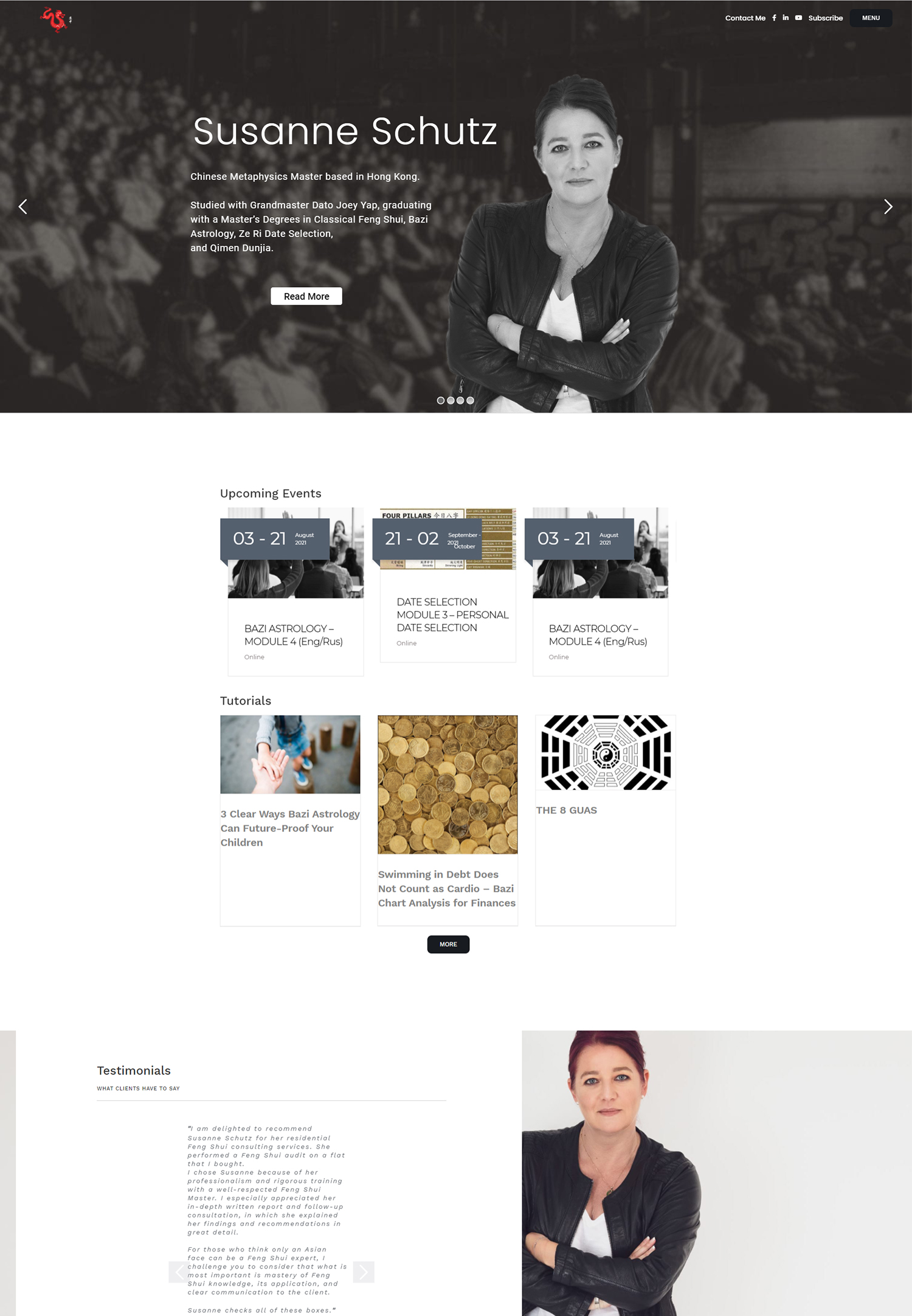Introduction to Digital Marketing with Google Ads
Digital marketing refers to the use of digital channels, such as search engines, social media, email, and websites, to promote products or services and reach a target audience. One of the most powerful tools in digital marketing is Google Ads. Formerly known as Google AdWords, Google Ads is an online advertising platform that allows businesses to create and display ads on Google’s search engine results pages (SERPs) and across its network of partner websites.
Google Ads is an essential component of any digital marketing strategy for several reasons. First and foremost, it allows businesses to reach a massive audience. Google processes over 3.5 billion searches per day, making it the most popular search engine in the world. By advertising on Google, businesses can ensure that their products or services are visible to potential customers who are actively searching for them.
In addition to its reach, Google Ads offers several benefits that make it a valuable tool for digital marketers. One of the key advantages is its flexibility. Businesses can set their own budget and only pay when someone clicks on their ad (pay-per-click or PPC). This means that even small businesses with limited budgets can compete with larger companies and see a return on their investment.
Furthermore, Google Ads provides detailed analytics and reporting tools that allow businesses to track the performance of their ads and make data-driven decisions. This level of transparency and control enables marketers to optimize their campaigns for maximum effectiveness.
Understanding Your Target Audience
Before diving into creating ads and campaigns with Google Ads, it is crucial to have a deep understanding of your target audience. Identifying your target audience involves researching and analyzing the demographics, interests, behaviors, and preferences of the people who are most likely to be interested in your products or services.
One way to understand your target audience is by conducting market research. This can involve surveys, interviews, focus groups, or analyzing existing customer data. By gathering information about your target audience, you can gain insights into their needs, pain points, and motivations. This knowledge will help you tailor your marketing messages and create ads that resonate with your audience.
Creating buyer personas is another effective way to understand your target audience. A buyer persona is a fictional representation of your ideal customer based on real data and market research. It includes details such as age, gender, occupation, interests, and challenges. By creating buyer personas, you can humanize your target audience and develop a deeper understanding of their needs and preferences.
Keyword Research and Selection
Keyword research is a critical step in creating effective Google Ads campaigns. Keywords are the words or phrases that people type into search engines when looking for information, products, or services. By targeting the right keywords, you can ensure that your ads are shown to the right audience at the right time.
There are several tools available for keyword research, including Google’s Keyword Planner, SEMrush, and Moz’s Keyword Explorer. These tools provide insights into search volume, competition, and related keywords. They can help you identify high-value keywords that have a good balance between search volume and competition.
When selecting keywords for your campaign, it is important to consider relevance and intent. Relevance refers to how closely the keyword aligns with your products or services. Intent refers to the purpose or goal behind a search query. For example, someone searching for “buy running shoes” has a clear intent to make a purchase, while someone searching for “how to tie shoelaces” is looking for information.
By selecting keywords that are both relevant to your business and aligned with user intent, you can increase the chances of attracting qualified leads and driving conversions.
Creating Effective Ad Copy
Once you have identified your target audience and selected the right keywords, the next step is to create compelling ad copy that grabs attention and entices users to click on your ads. Ad copy is the text that appears in your ads and is often the first impression that potential customers have of your business.
The importance of ad copy cannot be overstated. It is the primary means of communication between your business and your audience. Effective ad copy should be concise, persuasive, and relevant to the user’s search query. It should highlight the unique selling points of your products or services and provide a clear call-to-action.
When creating ad copy, it is important to focus on the benefits rather than just the features of your products or services. For example, instead of simply stating that your running shoes are made with breathable fabric, you could emphasize that they keep feet cool and comfortable during long runs.
In addition to focusing on benefits, it is also important to use language that resonates with your target audience. This can involve using specific keywords or phrases that are commonly used in your industry or appealing to emotions and aspirations.
Crafting Compelling Landing Pages
A landing page is a web page that users are directed to after clicking on an ad. It is where users can find more information about your products or services and take the desired action, such as making a purchase or filling out a form. Crafting compelling landing pages is crucial for maximizing the effectiveness of your Google Ads campaigns.
The importance of landing pages lies in their ability to convert visitors into customers. A well-designed landing page should have a clear and compelling headline, concise and persuasive copy, visually appealing images or videos, and a prominent call-to-action.
In addition to these elements, it is important to ensure that your landing page is optimized for mobile devices. With the increasing use of smartphones and tablets, it is essential that your landing pages are responsive and provide a seamless user experience across different devices.
Furthermore, it is important to align the messaging and design of your landing pages with your ads. This helps create a consistent user experience and reinforces the message that attracted users to click on your ads in the first place.
Setting Up and Managing Google Ads Campaigns
Setting up and managing Google Ads campaigns involves several steps, but it is relatively straightforward with the right guidance. The first step is to create a Google Ads account, which can be done by visiting the Google Ads website and following the sign-up process.
Once you have created an account, you can start setting up your campaign. This involves selecting the campaign type, choosing a campaign goal, setting a budget, and selecting targeting options. Google Ads offers various campaign types, including search campaigns, display campaigns, video campaigns, shopping campaigns, and app campaigns. The campaign type you choose will depend on your marketing objectives and the nature of your business.
After setting up your campaign, you can create ad groups and ads. Ad groups are containers for your ads and keywords and allow you to organize your campaign effectively. Each ad group should have a specific theme or focus, such as a particular product or service category.
When creating ads, it is important to follow Google’s ad policies and guidelines. These policies ensure that ads are relevant, safe, and respectful of user experience. Ad formats can include text ads, image ads, video ads, or responsive ads.
Once your campaign is up and running, it is important to monitor and manage its performance regularly. This involves analyzing data, making adjustments to keywords and bids, testing different ad variations, and optimizing your campaign for maximum effectiveness.
Optimizing Your Ads for Maximum Performance
Optimizing your ads is an ongoing process that involves making adjustments based on data and insights to improve their performance. By continuously optimizing your ads, you can increase their visibility, relevance, and click-through rates.
One of the most important aspects of ad optimization is keyword optimization. This involves monitoring the performance of your keywords and making adjustments based on their click-through rates (CTR), conversion rates, and cost-per-click (CPC). By identifying underperforming keywords and replacing them with more relevant or higher-converting ones, you can improve the overall performance of your campaign.
Another aspect of ad optimization is ad testing. This involves creating multiple variations of your ads and testing them against each other to determine which ones perform best. By testing different headlines, descriptions, calls-to-action, and visuals, you can identify the most effective ad elements and refine your messaging to maximize click-through rates and conversions.
In addition to keyword optimization and ad testing, it is important to optimize your landing pages for maximum conversion rates. This can involve making adjustments to the layout, design, copy, and call-to-action of your landing pages based on user behavior and feedback.
Tracking and Measuring Your Results
Tracking and measuring the results of your Google Ads campaigns is essential for understanding their performance and making data-driven decisions. By analyzing data, you can gain insights into what is working well and what needs improvement.
Google Ads provides several tools for tracking and measuring your results. The most important tool is Google Analytics, which allows you to track website traffic, user behavior, conversions, and other key metrics. By linking your Google Ads account with Google Analytics, you can gain a holistic view of your marketing efforts and understand how they contribute to your business goals.
In addition to Google Analytics, Google Ads provides its own reporting tools that allow you to track metrics such as impressions, clicks, click-through rates (CTR), conversion rates, cost-per-click (CPC), and return on ad spend (ROAS). These metrics provide insights into the performance of your campaigns and help you make informed decisions about budget allocation and optimization strategies.
It is important to regularly review and analyze your campaign data to identify trends, patterns, and opportunities for improvement. By monitoring key metrics over time, you can identify areas where you are underperforming or exceeding expectations and make adjustments accordingly.
Scaling Your Campaigns for Greater Reach
Scaling your Google Ads campaigns involves expanding their reach and increasing their impact. This can be done by increasing your budget, targeting additional keywords or audiences, or expanding your ad formats and placements.
One way to scale your campaigns is by increasing your budget. If you are seeing positive results and a good return on investment (ROI), it may be worth considering allocating more budget to your campaigns to reach a larger audience and generate more conversions.
Another way to scale your campaigns is by targeting additional keywords or audiences. By conducting regular keyword research and analyzing the performance of your existing keywords, you can identify new opportunities for expansion. Similarly, by analyzing the demographics, interests, and behaviors of your existing audience, you can identify new segments to target with your ads.
Expanding your ad formats and placements is another effective way to scale your campaigns. Google Ads offers various ad formats, including text ads, image ads, video ads, and responsive ads. By testing different ad formats and placements, you can reach users across different channels and devices and increase the visibility of your ads.
Staying Ahead of the Competition with Google Ads
In today’s competitive digital landscape, staying ahead of the competition is crucial for success. Google Ads provides several tools and strategies that can help businesses gain a competitive edge.
One way to stay ahead of the competition is by conducting regular competitor analysis. By analyzing the ads, keywords, landing pages, and strategies of your competitors, you can identify areas where you can differentiate yourself and offer a unique value proposition.
Another way to stay ahead of the competition is by leveraging advanced targeting options. Google Ads allows businesses to target specific demographics, interests, behaviors, and locations. By refining your targeting criteria and reaching the right audience at the right time, you can increase the effectiveness of your campaigns and outperform competitors who are targeting a broader audience.
Furthermore, staying ahead of the competition requires continuous learning and experimentation. Google Ads provides a wealth of resources, including tutorials, case studies, and best practices, that can help businesses stay up-to-date with the latest trends and strategies. By testing different ad variations, targeting options, and optimization strategies, you can discover what works best for your business and gain a competitive advantage.
Conclusion:
Google Ads is a powerful tool for digital marketers that can help businesses reach a massive audience, generate qualified leads, and drive conversions. By understanding your target audience, conducting keyword research, creating effective ad copy, crafting compelling landing pages, setting up and managing campaigns, optimizing your ads, tracking and measuring your results, scaling your campaigns, and staying ahead of the competition, you can maximize the effectiveness of your Google Ads campaigns and achieve your marketing goals. With its flexibility, transparency, and extensive reach, Google Ads is an essential component of any successful digital marketing strategy.
Looking to boost your digital marketing efforts with Google Ads? Check out this informative article on “Google Ads and Facebook Ads: A Powerful Combination for Effective Advertising” by Populis Digital. This article explores the benefits of using both Google Ads and Facebook Ads in your marketing strategy, highlighting how these platforms can work together to drive targeted traffic, increase brand visibility, and generate leads. Discover the power of combining these two advertising giants by reading the full article here.
FAQs
What is digital marketing with Google Ads?
Digital marketing with Google Ads is a form of online advertising that allows businesses to display their ads on Google’s search engine results pages, as well as on other websites and mobile apps that are part of the Google Display Network.
How does Google Ads work?
Google Ads works by allowing businesses to bid on specific keywords that are relevant to their products or services. When a user searches for those keywords on Google, the ads of the highest bidders will appear at the top of the search results page.
What are the benefits of using Google Ads for digital marketing?
Some of the benefits of using Google Ads for digital marketing include increased visibility and brand awareness, targeted advertising to specific audiences, and the ability to track and measure the success of your campaigns.
What types of ads can be created with Google Ads?
Google Ads offers a variety of ad formats, including text ads, display ads, video ads, and shopping ads. Each format is designed to reach different types of audiences and achieve different marketing goals.
How much does it cost to use Google Ads?
The cost of using Google Ads varies depending on a number of factors, including the competitiveness of the keywords you are bidding on, the quality of your ads, and the budget you set for your campaigns. Businesses can set a daily budget for their campaigns and only pay when someone clicks on their ad.
How can businesses optimize their Google Ads campaigns?
Businesses can optimize their Google Ads campaigns by conducting keyword research, creating high-quality ads that are relevant to their target audience, and regularly monitoring and adjusting their campaigns based on performance data. It is also important to continually test and refine your campaigns to improve their effectiveness over time.

